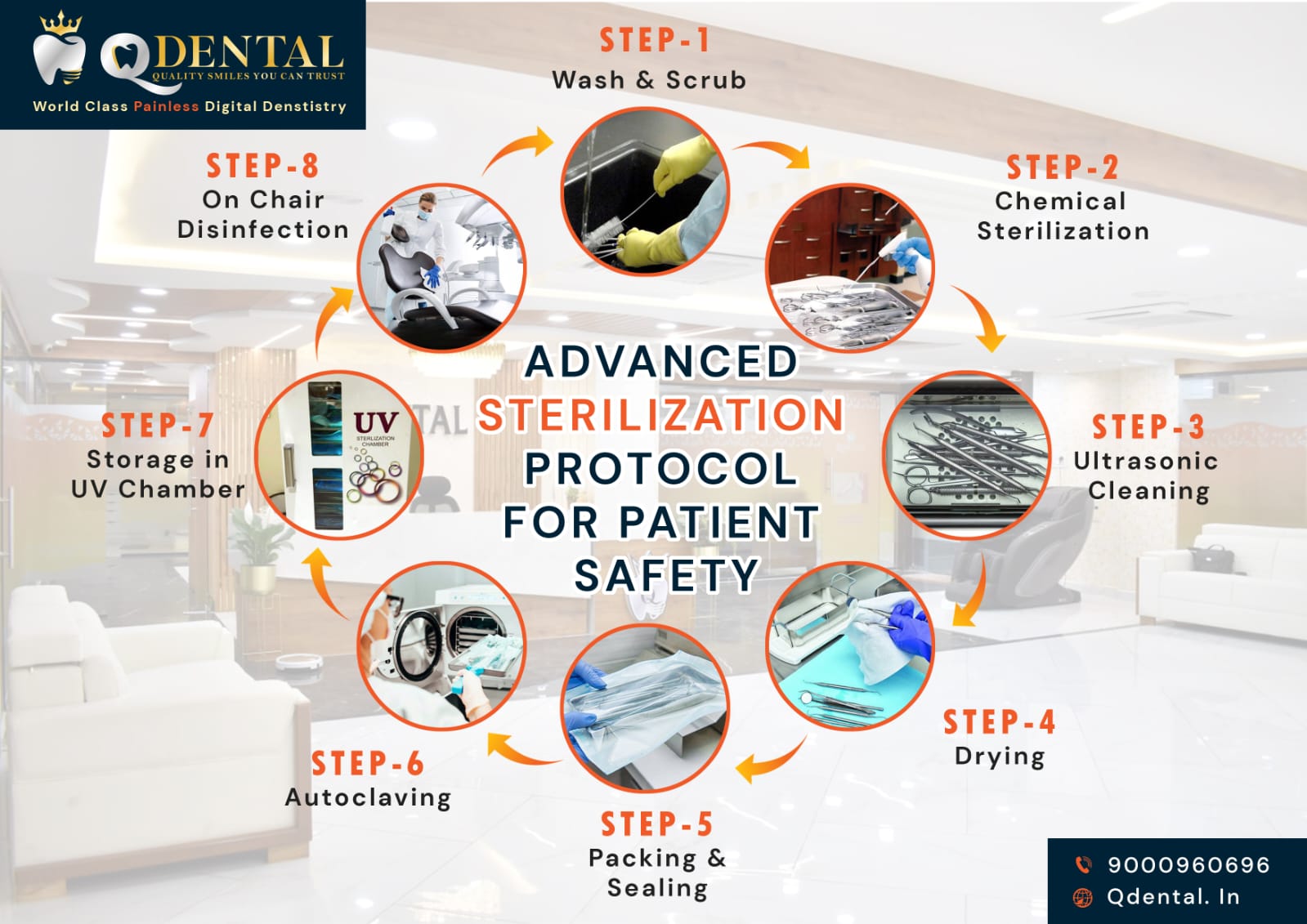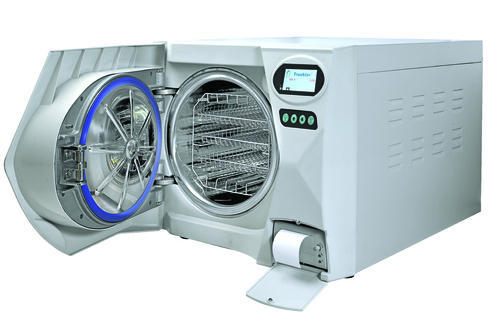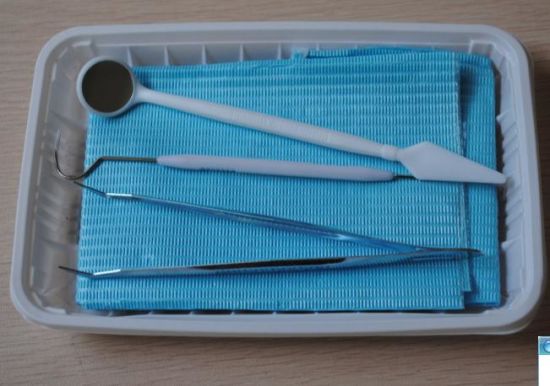

Safety
Features:
Autoclaves and other sterilization equipment include safety features to
prevent accidental openings during the sterilization cycle.
Sterilization in dentistry is a critical aspect of infection control and patient safety. It refers to the process of killing or eliminating all forms of microorganisms, including bacteria, viruses, fungi, and spores, from dental instruments, equipment, and surfaces. Effective sterilization is essential to prevent the transmission of infections between patients and to protect both dental professionals and patients. Here are key points about sterilization in dentistry:
Rationale: Dental procedures often involve contact with blood, saliva, and other bodily fluids, which can carry infectious agents. Proper sterilization ensures that dental instruments and equipment are free from pathogens, reducing the risk of cross-contamination.
Autoclaves: Autoclaves are commonly used in dental offices to sterilize instruments. They use high-pressure saturated steam at elevated temperatures to achieve sterilization. The process typically involves a heating phase, a sterilization phase, and a cooling phase.
Sterilization Pouches and Wraps: Dental instruments are typically placed in sterilization pouches or wraps before being loaded into the autoclave. These pouches are designed to maintain sterility until the instruments are ready for use.
Monitoring and Validation: Dental offices are required to regularly monitor and validate the performance of autoclaves through spore testing. This ensures that the sterilization process is effective and reliable.
Infection Control Protocols: Dental professionals follow strict infection control protocols, including hand hygiene, the use of personal protective equipment (PPE), and proper disinfection of surfaces and equipment.




Disposable Items: Whenever possible, single-use disposable items are used to minimize the need for sterilization. This includes items like gloves, masks, and syringe tips.
Cleaning Before Sterilization: Instruments are thoroughly cleaned and disinfected before being sterilized. Cleaning removes debris and organic matter, allowing the sterilization process to be more effective.
Record Keeping: Dental offices maintain detailed records of sterilization cycles, including date, time, and results of spore testing. This documentation is important for regulatory compliance.
Staff Training: Dental professionals are trained in proper sterilization techniques and infection control measures to ensure compliance with guidelines and protocols.
Environmental Hygiene: In addition to instrument sterilization, dental offices maintain a clean and hygienic environment, including regular disinfection of waiting areas, treatment rooms, and surfaces.
Regulatory Compliance: Dental practices must adhere to local, state, and national regulations and guidelines for infection control and sterilization. Sterilization is a fundamental practice in dentistry that helps maintain a safe and sanitary environment for both patients and dental professionals. It is an integral part of ensuring the highest standards of patient care and infection control in dental offices and clinics.